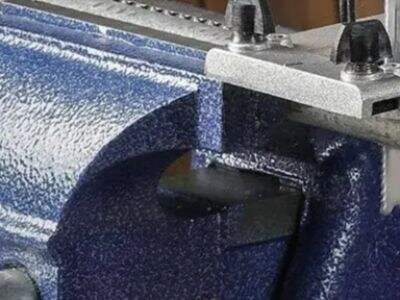Importance of Blade length in effective cutting
Reciprocating multitool blade saw length is one of the important factors that determine the efficiency of a reciprocating saw to cut through different materials. We have long and short blades for your different requirement, 1.5 mm thickness. It’s critical to ensure that the length of the blade matches the thickness of the material you’re cutting so that your cuts are smooth and efficient.
Things to consider when choosing the right blade length
When selecting the perfect size for a reciprocating blade jig saw, there are a few things to consider. You need to consider the material you’ll be cutting into firstly in its thickness. If it’s a thicker material like metal or wood you’re looking to cut, you will need longer blades in order to cut them cleanly and accurately. You should also take into account the kind of cut you want to make - that’s to say, a straight cut, a curved cut or a plunge cut. Various blade lengths are better for different cuts, and it is necessary to select one accordingly.
How to pick the appropriate blade length for materials and projects
How to Choose the Right Length of JMD jigsaw blade Blade for Different Materials and Projects Choose Milescraft general blade for longer cutting Choose short blade for cutting in confined space Choose thick blade for cutting hard materials Use blade with fewer teeth to cut faster. It is often said that you need a longer blade which will support you in cutting through the material thickness, in the case of metal. On the other hand, if you want the blade for woodworking it may be more appropriate for you to use a shorter blade just to facilitate fine, accurate cuts. You will also want to consider the density of the material and use an appropriate blade length to match - softer material, for example, needs a shorter blade, while you will need a longer one for hard material in order to cut properly.
Avoiding reciprocating saw blades hazards and errors.
One of the most frequent mistakes when choosing reciprocating blades is cutting blade too short for the material. This could cause the blade to bind or the blade to be damaged. You should first test the thickness and hardness of material and compare with the blade length to make a suitable choice. Furthermore, if you use the inappropriate blade for the material, the cutting experience might be compromised, and the blade can be damaged more easily. Make sure to select the best blade for the task for optimal efficiency and efficacy.

 EN
EN
 AR
AR
 BG
BG
 HR
HR
 CS
CS
 DA
DA
 NL
NL
 FI
FI
 FR
FR
 DE
DE
 EL
EL
 IT
IT
 JA
JA
 NO
NO
 PL
PL
 PT
PT
 RO
RO
 RU
RU
 ES
ES
 SV
SV
 LV
LV
 LT
LT
 SR
SR
 SK
SK
 SL
SL
 UK
UK
 ET
ET
 HU
HU
 TR
TR
 FA
FA
 GA
GA
 CY
CY
 BE
BE
 IS
IS
 HY
HY
 AZ
AZ
 KA
KA
 LA
LA
 MY
MY
 XH
XH

